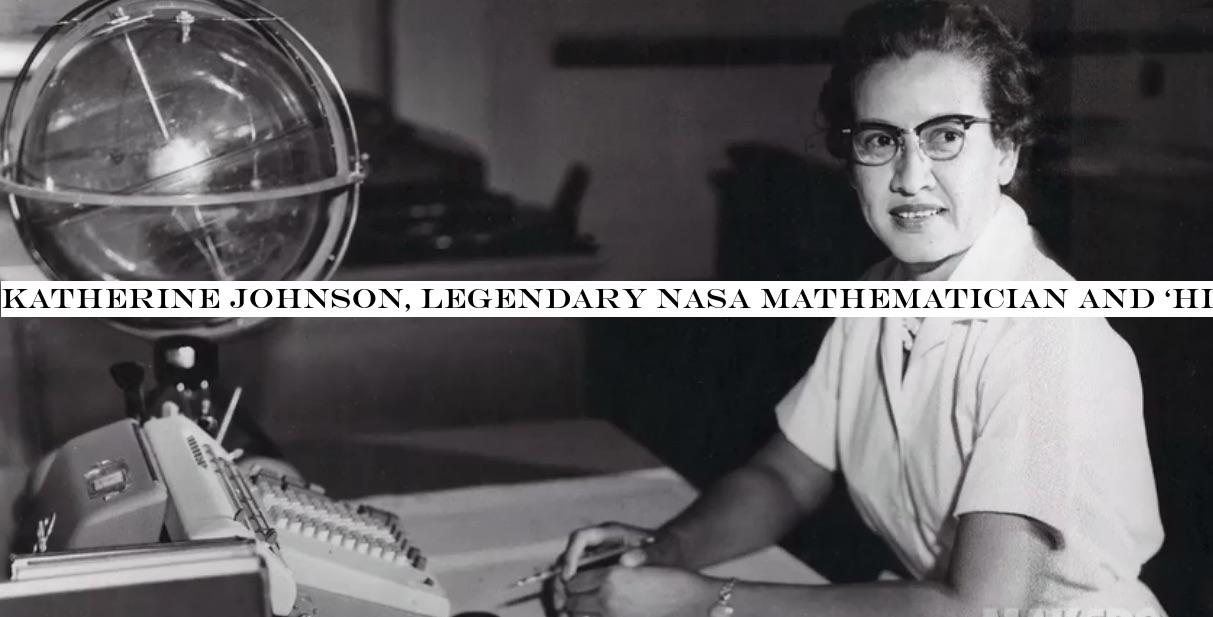INSUBCONTINENT EXCLUSIVE:
Katherine Johnson, a mathematician who defied prejudice in the &50s and &60s to help NASA send the first men to the moon, has died at the
Only recently famous after the film &Hidden Figures& was made about her and her colleagues, she maintained until the end that she was &only
doing her job.
For those who don''t know Johnson story, it is probably best told by reading the book (by Margot Lee Shetterly) or watching
the movie — which although it takes some license with the events and persons depicted, is a fascinating and revealing triple portrait of
NASA has also collected numerous historical accounts and anecdotes at a special memorial page.
Johnson and her colleagues struggled
unceasingly against racism and sexism, being three women of color attempting to enter an industry which was, and even half a century later
remains, dominated by white men
Although Johnson always said her colleagues at NASA were kind and professional, there were nevertheless systematic and deep-seated biases
against her at every step of her journey.
After the film release and acclaim, she treated her sudden fame with bemusement, happy to be
recognized but insistent that she had only been doing her job
Receiving the Presidential Medal of Freedom from President Obama in 2015 was certainly a welcome perk.
But Johnson may have been wary of an
over-concentration of credit
She more than anyone would have been aware of the others in similar positions who, while they may not have been quite as instrumental or
prominent in the moment — John Glenn famously asked before a flight that a mechanical computer calculations be checked by ''the girl,&
meaning Johnson — were nonetheless indispensable and quite as hidden.
These women, like Johnson colleagues Mary Jackson and Dorothy
Vaughn, not only challenged the racist and sexist zeitgeist of the time, but very simply helped America achieve what is perhaps its most
historically remarkable achievement — the Apollo program — but also to aid in the invention and definition of multiple
industries.
Johnson was a remarkable mind and person whose achievements went for too long unnoticed
Had she not been brought into the attention of popular culture, her achievements would likely never have been known outside a few colleagues
and historians — and we would all be the poorer for it
Who, and where, are today hidden figures, and would we recognize them if we saw them?

